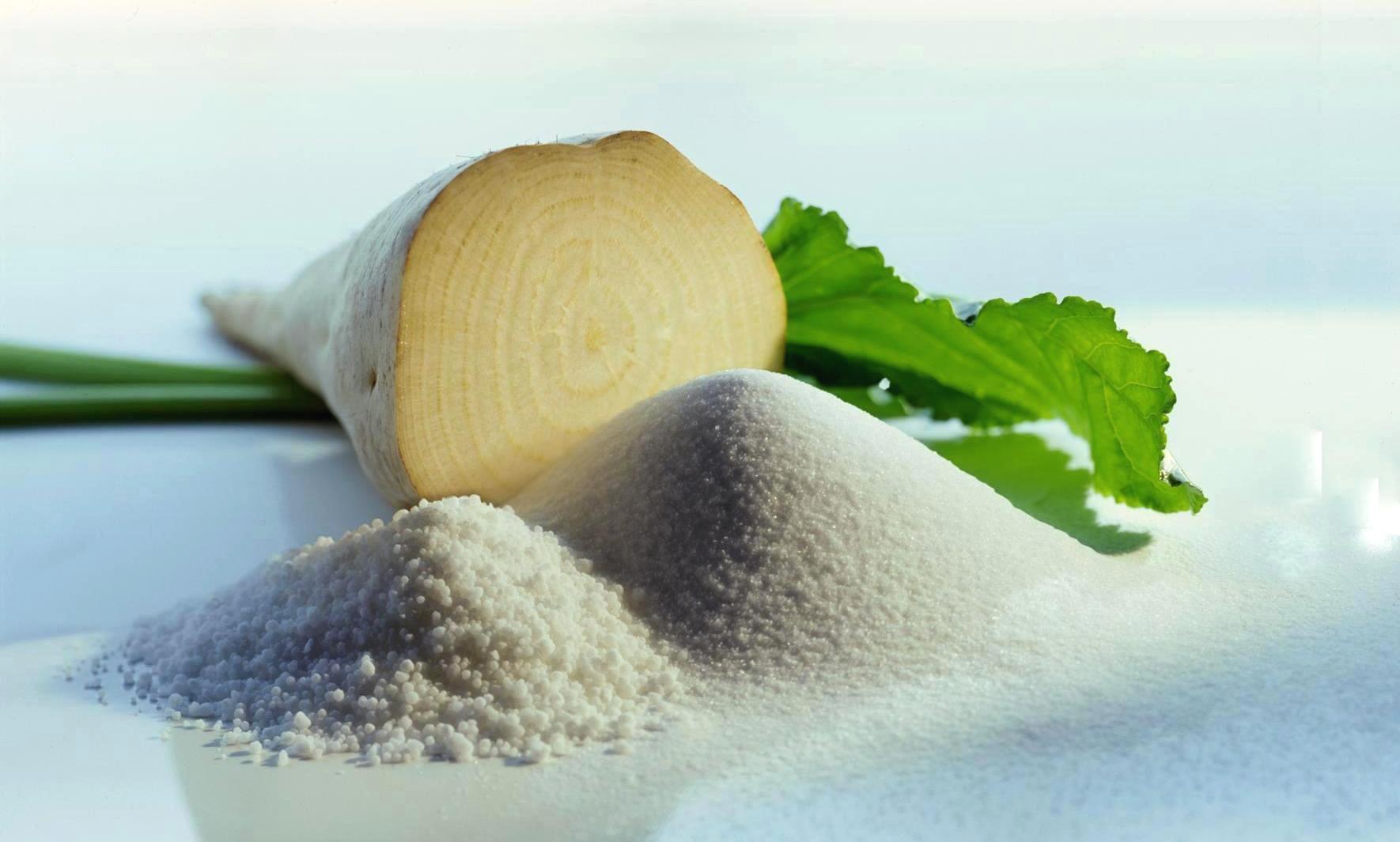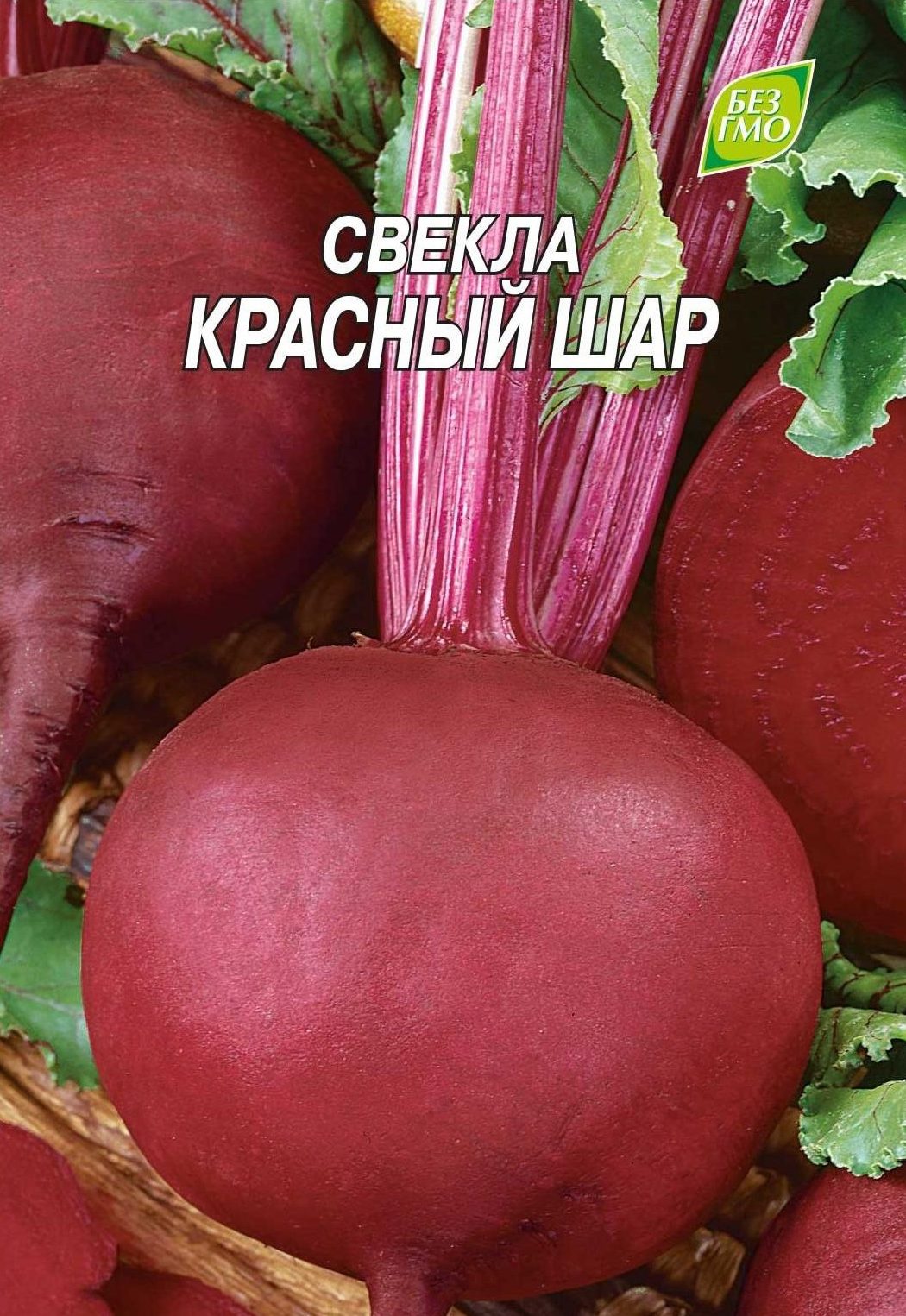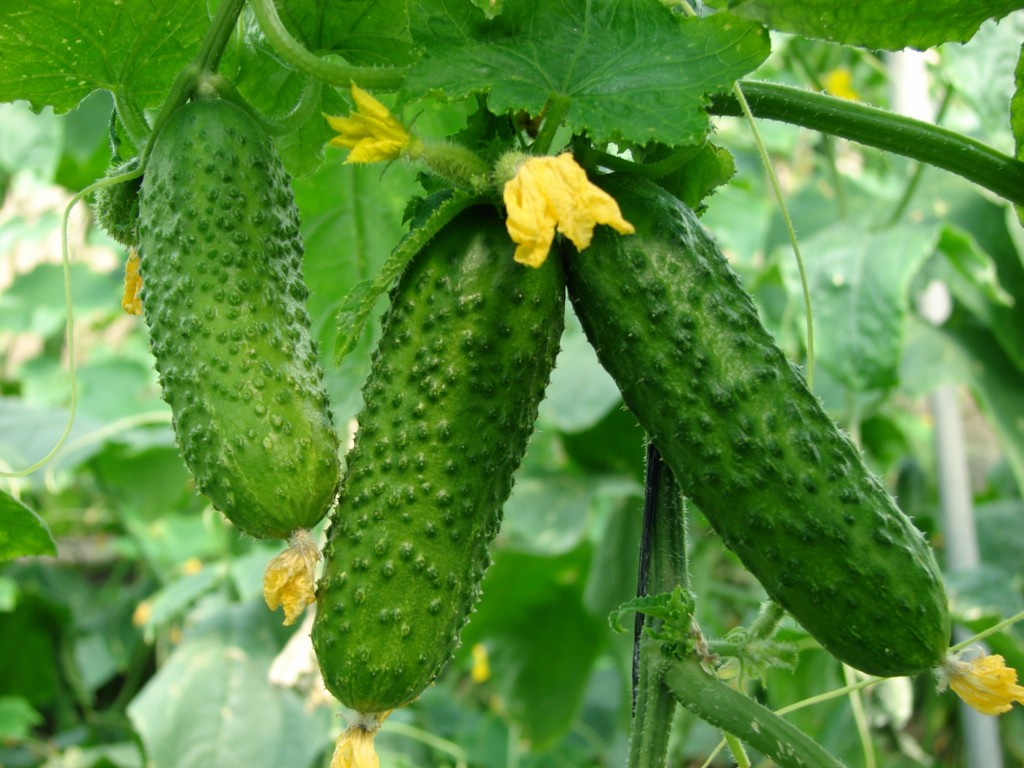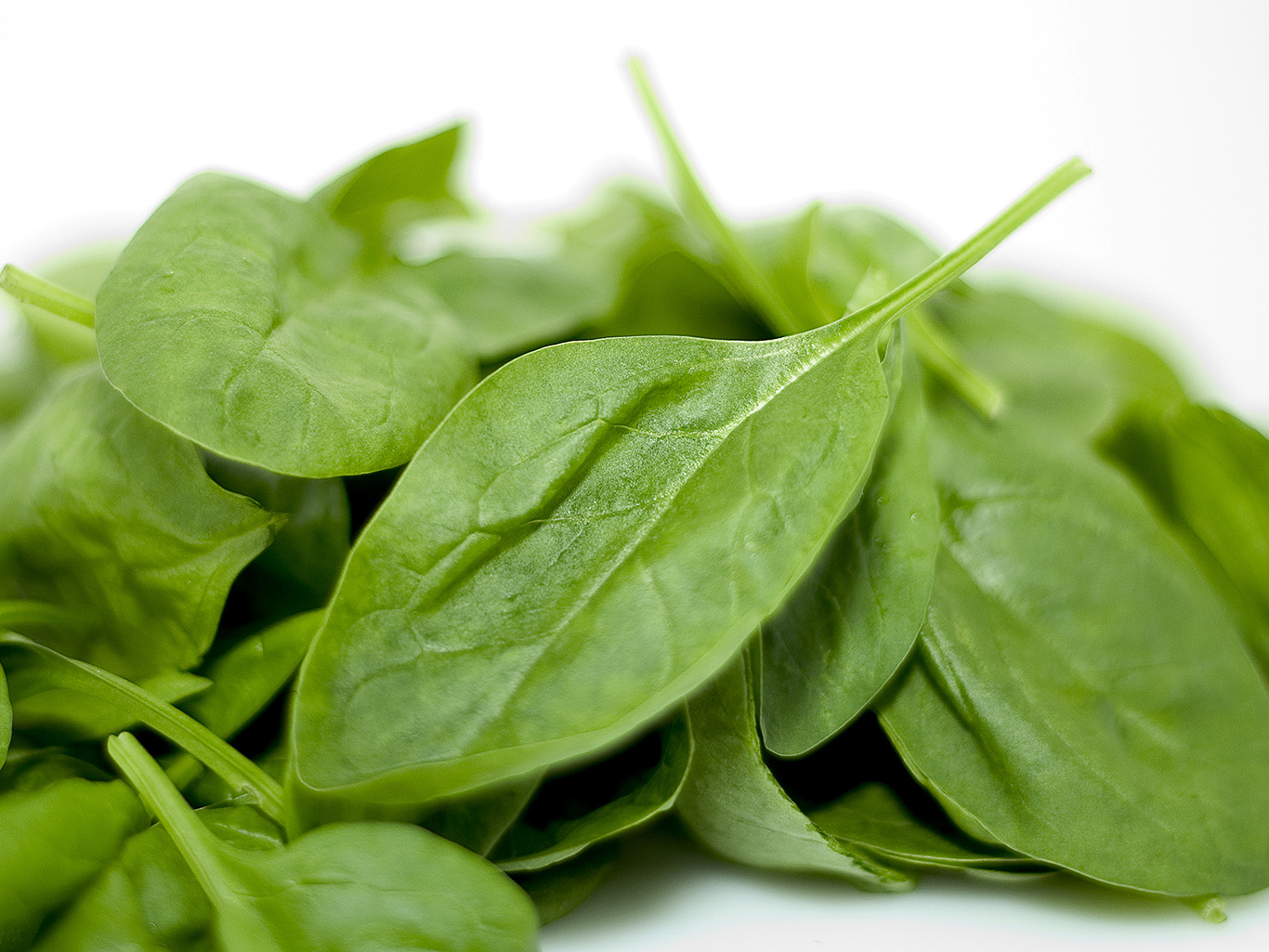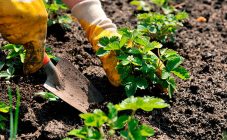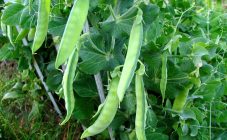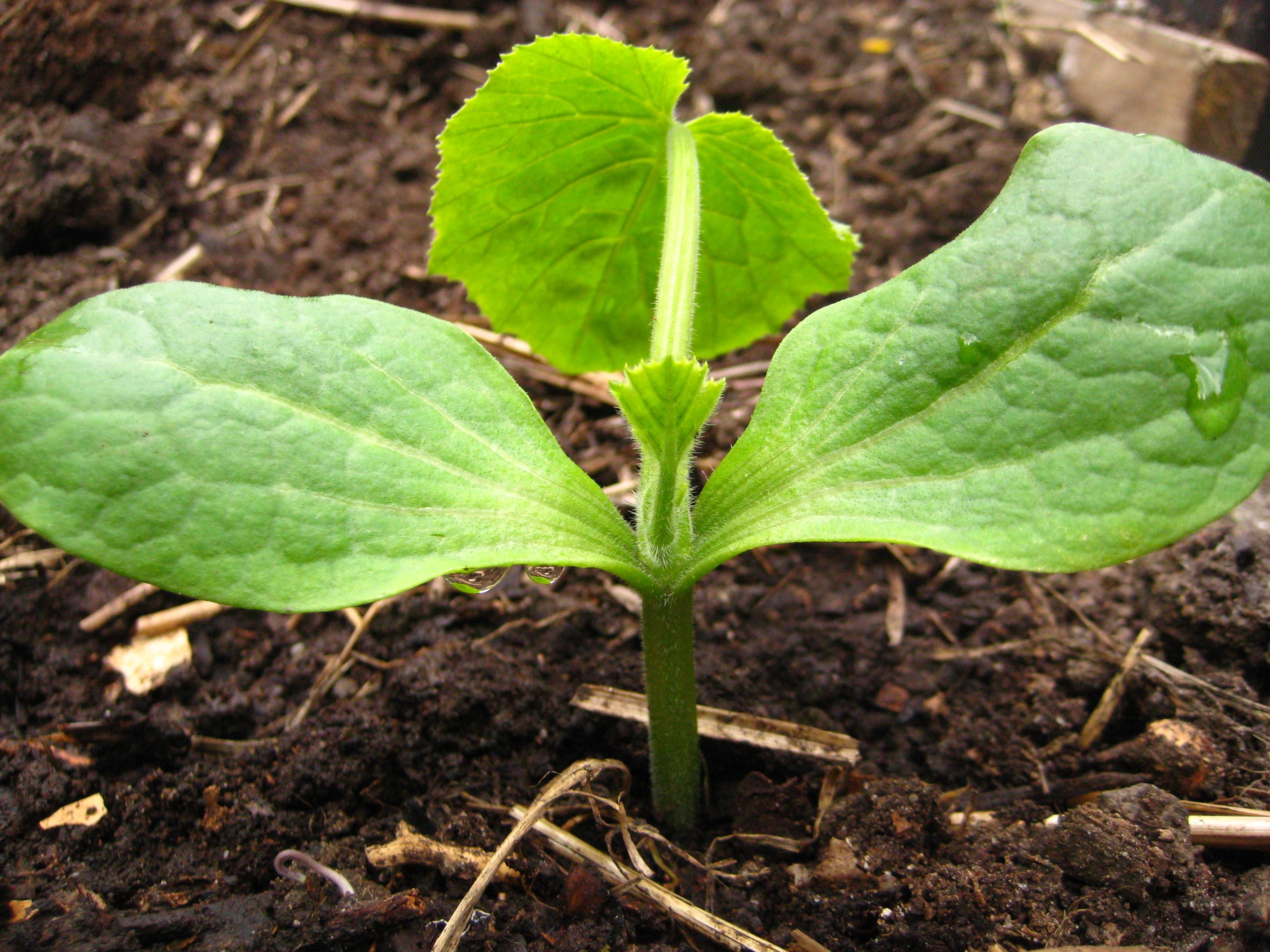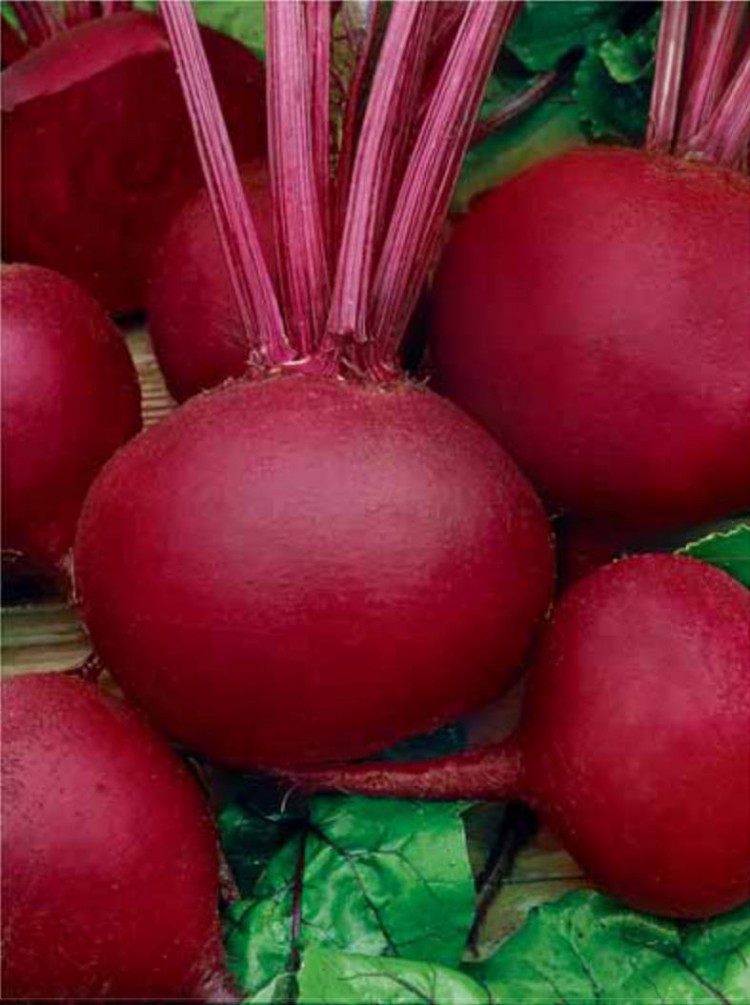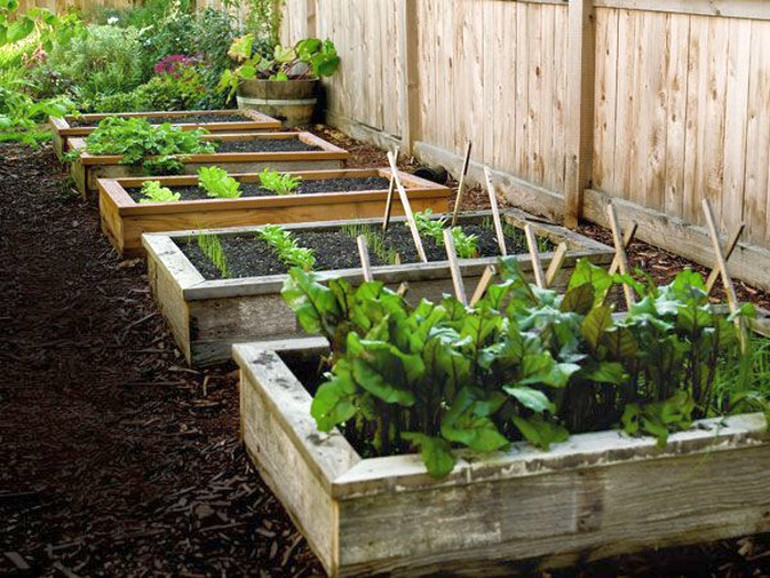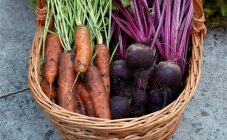Content:
One of the most important stages in the process of organizing agricultural activities for growing root crops is the correct formation of the sowing order. Since the work is carried out on a specific plot of land, the soil fertility resource is gradually decreasing, and in order to minimize its depletion, it is necessary to correctly select the next plant for planting.
As for beets, this culture is very capricious, easily picks up diseases from the soil and does not tolerate depleted soil at all. For this root crop, temperature and humidity levels are extremely important if a good harvest is required. We must not forget about the choice of crops, and then plant beets, which will be discussed in this article.
What are beets
There are three types of this culture, each with its own characteristics.
Sugar beet
The peculiarity of this root vegetable is the high sugar content in the pulp. Its level is from 20 to 25%, which gives the fruit a white color and allows you to extract edible sugar from this material. The weight of such beets can reach 600 g. The upper part of the plant consists of a rosette with leaves of light green color. The growing season of the first year of life varies from 100 to 170 days, in the second year it is reduced to 125 days. The main circumstances for good yields are: long daylight hours, high soil moisture (unlike other types, sugar beets are more resistant to drought and high salt content), the air temperature for seed germination should be at least +10 degrees, and in the process of development and growth - 20-23 degrees.
The sugar content is directly related to the number of sunny days in August, September and October. Increased humidity is necessary from July to August, since at this time the active growth of the root crop itself occurs. The most fertile soil for sugar beets is black soil.
Fodder beet
Depending on the variety, fodder beets in the first year of their life can reach 12 kg and have a varied type of fruit, both in shape and color (white, red, yellow, etc.). As for the rosette, it consists of large green leaves and is widely used as feed for animals and poultry. According to the content of nutrients - in one kilogram of root crops there are 0.12 feed units and 9 g of vegetable protein. The leaves contain 0.10 feed units and 18 g of protein. Fodder beets are very popular and are grown in almost every country in the world.
Beetroot
The only type of Buryak culture used by humans for food. The mass of such beets does not exceed 1 kg, the fruit has a spherical, oval, flattened or mixed shape, the color of the pulp can be burgundy, red or red-violet. As for the leaves, they are green with red veins or completely red. Sometimes young rosettes are eaten as a salad. The root vegetable contains: 1-3% protein, up to 0.5% organic acids, 8-15% sugar, 0.6-1.5% fiber, 0.7-1.4% salts, 12-22% dry substances, as well as vitamins C, B, P, PP.
Sowing table beets can be carried out both in spring and in late autumn.Unlike previous types of root crops, table culture requires more careful soil preparation and the correct choice of predecessors. The content of nutrients in the pulp directly depends on the number of sunny days and the intensity of watering.
Disembarkation and leaving
There are two options for planting beets: seeds or seedlings. Each of the methods has its own characteristics, which are described in more detail below.
Seed use
Pre-planting material must be prepared. For this, the seeds are placed in a special growth stimulant solution and remain in it for 24 hours. After that, you need to rinse the grains with warm water and place them in a dry cloth. It should be noted that the prepared material cannot be stored at low temperature and high humidity (otherwise, poor quality seeds will turn out, with a very low yield percentage).
Sowing is organized in rows, which are pre-lined on moistened soil, with a distance between the strips of about 20 cm (table). The depth of the grooves should be at least 4 cm, their cavity is abundantly filled with water. After the liquid is completely absorbed into the soil, you can introduce the seeds one by one, since the grain size is large enough to do this. When all the seeds are introduced into the open ground, the furrows are covered with earth.
Due to the fact that several fruits sprout from one seed, the rows need to be thinned after germination, although this procedure can be avoided if the correct distance between the grains is initially selected. In the case of very dense seedlings, the remote shoots can also be planted and they will yield a good harvest.
The most favorable period for sowing beetroot in spring is the beginning of May, since the soil retains moisture quite well. After completing the sowing work, the soil surface must be weeded and loosened. As soon as the first shoots begin to appear, you can introduce soil fertilizing, consisting of organic and mineral fertilizers.
Planting seedlings
To save time and effort, you can use ready-made seedlings. This method is used if they do not want to tinker with the seeds or do not know how to germinate them correctly. In addition, seedling eliminates the need for thinning the beds and minimizes the number of non-emerging shoots, which directly affects the tonnage of the harvested crop.
Seedlings can be bought or grown in a greenhouse from seeds. In the case of self-preparation, grooves are made in the greenhouse, with a distance between the lines of 5 cm. The seeds are laid every 3 cm and covered with earth. After a certain time, seedlings are formed, when 4 leaves grow on them, the planting material will be ready to move to the main soil.
Each sprout must be placed in an earthen solution, only then should it be planted in the ground. If planting is carried out at the end of autumn, the soil must be enriched with organic fertilizers.
What crops are planted in front of the beets
Chernozem contains a certain list of trace elements that contribute to the normal growth of any vegetable crops. In this regard, beets require special attention, especially if the root crop is planted immediately after another crop.Many plants, in the process of their cultivation, take a large amount of nutrients from the soil, but there are certain types that minimize the depletion of the land and allow beets to be planted after them.
The most suitable plants for planting beets are nightshade varieties. This is due to the fact that this family uses trace elements that are equally susceptible to pests. Potatoes, tomatoes, eggplants, peas, peppers and onions perfectly pass the baton for beets. But there is one condition, which is to provide rest to the soil until the end of the year, so that the microelements in the soil have time to recover as much as possible.
The most suitable crops, like the predecessors of the beet, are:
- Bow. Due to its structure, it repels pests well, thereby minimizing the degree of harmfulness of the land for planting beets.
- Cucumber. Due to the fact that its roots do not go deep into the soil, and micronutrients are mostly taken from irrigation, the soil after harvesting remains well-saturated with useful trace elements.
- Clover. While this plant develops, the soil rests and is saturated with the necessary nutrients. After harvesting the clover, the planted beets will have a larger root crop, which is characterized by increased disease resistance and increased taste.
What to plant after beets next year
Provided that in the process of growing beets, the land was well fertilized with minerals, and timely and abundant watering was carried out, you can safely choose vegetables such as:
- Carrot. This is a great option, as the growth rate of the fruit and the saturation of vitamins occur due to the influence of the sun and the receipt of a moderate amount of moisture. Unlike beets, carrots are less whimsical and can be planted even after tomatoes, cabbage, courgettes and potatoes.
- Garlic. This plant can also be grown because it loves the sun very much and can survive prolonged drought. Due to the fact that for full-fledged growth, garlic needs a limited amount of microelements, berry crops or flowers can be planted with it, which extract other types of nutrients from the soil that are not affected by the beet precursor in the crop rotation.
- Pumpkin. An absolutely unpretentious vegetable that can grow after almost any root vegetable. But it is worth noting that before planting, it is required to abundantly fertilize the soil with compost or manure.
Predecessors harmful to beets
Some plants with particular intensity deplete the soil and leave behind various earth infections, which will subsequently reduce the yield or completely destroy the sowing of the beet.
Such "heavyweights" include the following cultures:
- All varieties of carrots;
- Spinach;
- Rape;
- White cabbage;
- Chard.
All of the above plants associate approximately the same need for certain microelements and damage by similar types of pests, which, when planted annually, greatly depletes the level of nutrients in the soil.
Planting root crops for the winter
Do not associate the cold season with the inability to grow a good harvest of root crops. Since this crop can be "trained" to fight disease, it will be frost-resistant and can easily cope with a lack of moisture. The main features for planting beets before winter are the correct choice of a place for sowing seeds, as well as high-quality fertilized soil.
An important factor in good yields is the predecessor, after which the beets will be planted.
You can safely plant it in the trail of:
- Onions;
- Tomatoes;
- Cucumbers;
- Sweet pepper;
- Zucchini;
- Potatoes.
The above vegetables leave behind exactly those beneficial elements in the soil that have a beneficial effect on the full formation and protection of sprouts in the winter season.
In order to get rid of unwanted acid levels, the soil liming process is used, immediately after harvesting the predecessor. This can be organized by sprinkling the ground with chalk, wood ash, dolomite flour or lime, and then dig deep enough into the soil.
Beetroot, like any other root crop, requires the correct selection of crop rotation to achieve the maximum yield level. If you follow all the conditions for the preparation, care and cultivation of land for growing beets, then the harvested crop will always delight in its quantity and quality.
